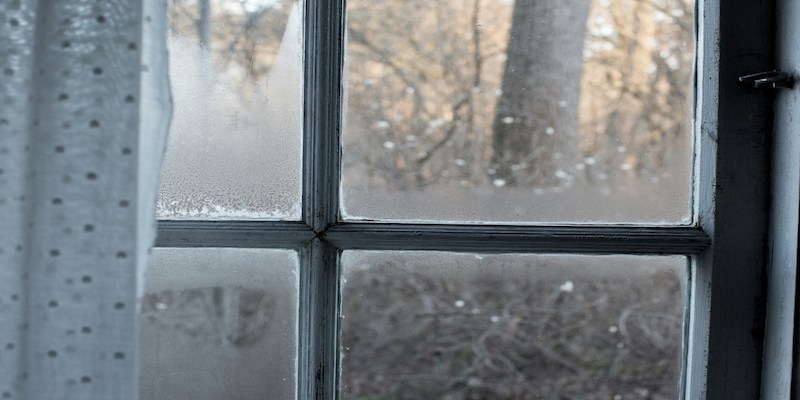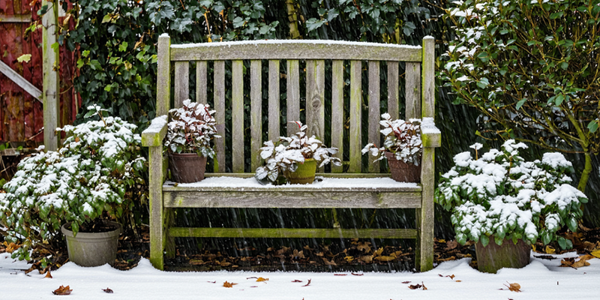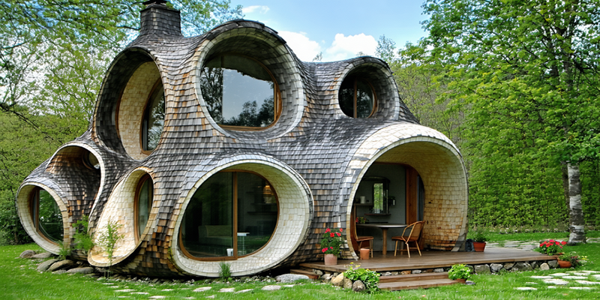How to Cold Proof Your Home: Fall & Winter Tips
As autumn creeps in and the temperatures begin to slowly drop, you can start to feel that subtle shift of cool air around your home. There are many reasons why your home may let the cold in more than others, like its age or how it was built, but regardless of the reason–there are a few cold and winter-proofing techniques for your home that you can use to keep the cold at bay and keep your warm air circling inside for much longer.
Why Your Home Gets Colder
If cold air seems to find its way into your home, there’s a good chance there’s one or more causes. Some are easier to address, while others can be quite expensive or unavoidable.
Poor Windows
The first thing you should address when you cold-proof your home for the winter is your windows. Your home's windows can allow cold air in if they become warped, don't close properly, or their material becomes damaged from wear and tear.
Luckily, there's an easy solution for cold-proofing your windows. Window wrap is a clear, plastic material that acts as a barrier against cold air. It's usually inexpensive and lasts all autumn and winter, all you have to do is install it around your problem windows, making sure it's sealed over all entry points and cracks.

High Ceilings
Sometimes, the design of your home can make it difficult to keep your space warm. High ceilings are one of these design styles that allow warmth to rise easily, causing you to feel as if your home is colder than it is.
If you have a ceiling fan you can change the direction of its spin to push the air down, rather than upward. Another solution is to use a low-energy space heater in a room with high ceilings or make sure you let enough sun in after cold-proofing your windows for a little bit of added warmth.
Blocked Vents
When was the last time you made sure your vents were functioning properly? If you're like most people, probably not very often–if ever at all. But, if you notice cold air circulation around your home, blocked air vents could be a cause.
Turn up your heat and check each vent in your home to see if any are blocked or not pushing out any air at all. If you find a vent that's down, contact a repair technician to take a look at it. Also, make sure to check on your air filters and see if they need a change. Leaving a filter on for too long can cause excess strain on your furnace and prevent it from working properly.
Bad Furnace
If you notice your home continuing to drop in temperature even with your heat turned on, there may be an issue with your furnace. Don't be alarmed—not every furnace issue means it needs to be replaced.
Sometimes, after a furnace has been turned off for an extended period of time it needs a little upkeep to get it back up and running. One way to determine whether your furnace is functioning or not is to feel the air that comes out of the vents. If it's warm, you’re in the clear. If it's cool, it's time to call a technician.
Poor Insulation
It doesn't matter if your home is old or new, if it wasn't built with enough or proper insulation, you're going to feel the effects of that come winter. But, how can you know if your home doesn't have proper insulation?
That's a tough one, at least for anyone who isn't skilled in homebuilding. This is often a last resort type of solution, as it requires taking a look behind the walls of your home. If you've exhausted all other options, hiring someone to do an inspection may be the only fix.
Do You Really Need to Cold Proof Your Home?
The short answer is–yes! You do need to cold-proof your home, and here are the reasons.
You should always feel comfortable in your own home. You may not even realize how much of a difference having even and consistent temperatures in the winter can elevate your mood and help you relax.
Cold air constantly seeping into your home causes your furnace to work into overdrive. After a while, your furnace will work harder than it needed to and age faster than if your house was insulated properly. Finding solutions for cold air issues in your home helps increase your furnace's lifespan.
You'll save money! Everyone wants to save money, right? Well, when your home has excess cold air your furnace runs longer than it needs to, causing your electricity bill to skyrocket, especially in the colder months. Once you resolve cold air issues, you'll likely notice your electricity bill decrease from the previous fall and winter months.
So, if your home is prone to feeling chilly in the winter or fall, use these winter-proofing tips to see if you can find a solution. You may need to do some investigating to find the place, or many places, where the cold air is getting in–then you can use the knowledge you've learned to decide on which route you should take.
Stay warm this winter season!







